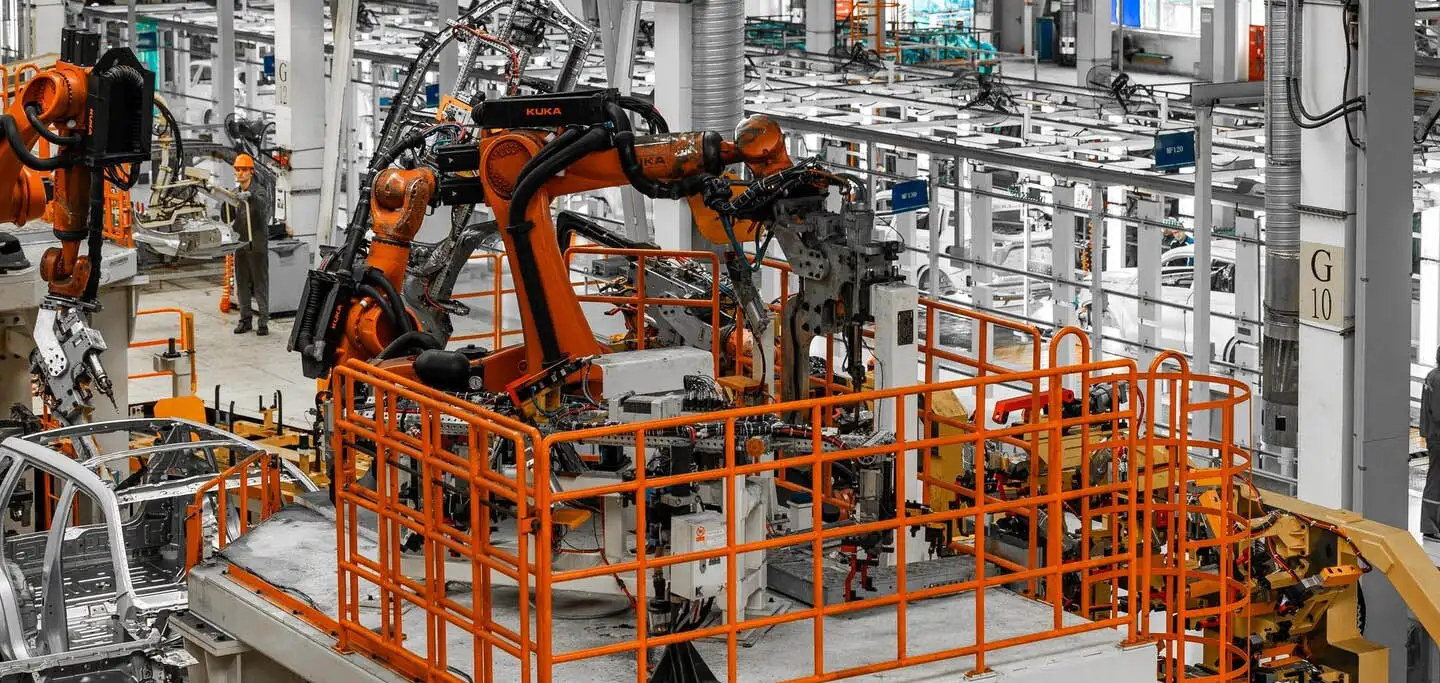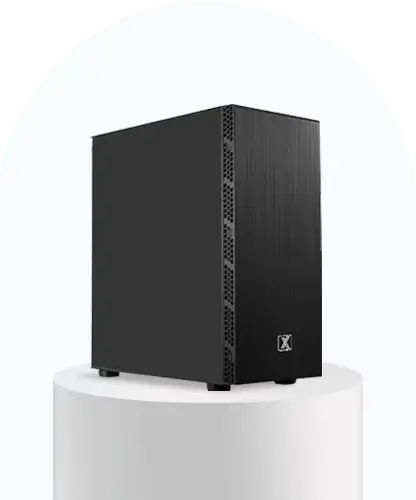For Professionals, By Professionals

Discover ProX PC for best custom-built PCs, powerful workstations, and GPU servers in India. Perfect for creators, professionals, and businesses. Shop now!
SERVICES
WE ACCEPT










Outline
Project Introduction
Project Challenges
Project Solution
Project Implementation
Project Implementation: Sand Mold Foundry Application
Conclusion
AI Smart Factory Partner
Related Products
Project Introduction
In the past, manufacturing plant operators manually recorded machine control panel data. This production yield and product quality data was transferred to a computer where it became difficult to retrieve. The lack of internet connection capabilities, or limitations caused by independent/closed networks, necessitated this stressful and inefficient process. Fortunately, industry 4.0 renders this approach obsolete.
Project Challenges
GoodLinker is a start-up company that uses AI to digitally transform factories. Ethan Feng, General Manager of GoodLinker, pointed out that “machine networking” is the first step to smart factory transformation. Only by integrating machine data can one proceed to the next step – data analysis. This means locating problems within available data and making improvements. Relying on manual labor requires the help of a network or system. Despite this, the solution used by most manufacturers is either to update old machinery or purchase new models. Both solutions are potentially costly and impact production line efficiency. Installing sensors is a relatively low-cost method when applicable. First, certain expensive large-scale machines are not suitable for self-installing sensors. Second, sensors can only retrieve physical data related to operating rate, number of operations, and vibration. Sensor limitations hinder the collection of non-physical data.
These challenges became acutely apparent in Sand Mold Foundry applications where carbon-silicon analyzers and spectrometers remain crucial tools in sand casting measurement. These tools ensure metal quality and purity during casting, but frequently lack data output interfaces for VGA/HDMI signal output. As a result, manually recording data remained the only effective method for tracking test results. This process took 30 ~ 60 minutes and produced low frequency data records. These in turn wasted resources by failing to identify substandard molten iron during sand mold casting procedures before completion.
Project Solution
GoodLinker and ProX PC designed the Screen Data Extractor (SDE) to address data collection issues by integrating software and hardware. ProX PC’s ProX Micro Edge Device industrial-grade edge AI computer leverages the GoodLinker OCR recognition, yielding an excellent SDE solution. This system exploits VGA/HMI data output to ocular-recognize and record data presented on screen. Ethan Feng added, “SDE is an external device; as such, data collection can be completed with minimal impact on the production plan and production line”.
Project Implementation
Ethan Feng further explained the operation structure of SDE. Output data displayed by the machine is transmitted to an ProX PC ProX Micro Edge Device edge AI computer using a VGA/HDMI cable. Following transmission, the GoodLinker computing AI-OCR software performs text or numerical value recognition. Common Modbus protocols and API are then used produce recognition results — thus enabling automatic data collection and aggregation.
Any device that supports VGA or HDMI output — human-machine interfaces and system screens — can recognize and aggregate data using SDE. Conversely, devices that do not support VGA or HDMI — seven-segment display circuits and meter heads — can leverage security cameras to identify data.
GoodLinker launched SDE following two years of research and development. SDE’s AI models adjust to text displayed by machines and equipment — including fonts, typesetting, and colors. Its AI models overcome several common text recognition difficulties faced by factory software applications — including uneven lighting/shadows, offset camera angles, or red letters with black backgrounds.
Project Implementation: Sand Mold Foundry Application
Currently, sand mold foundries and electroplating companies leverage SDE technology in data collection. The sand mold casting company eliminated manual work and increased data analysis after introducing SDE. Previous 30 ~ 60 minute manual recording times decreased to 10 seconds using this automatic system, improving production line yield. At present improved data collection identifies problematic ingredients quickly, thus reducing defective production rates.
Conclusion
Ethan Feng highlighted the importance of hardware and capture card stability when operating SDE in harsh industrial environments with strong signal interference. ProX PC’s reputation for quality and reliability led GoodLinker’s to seek them out as a hardware partner.
ProX PC’s ProX Micro Edge Device AI inference system features a compact, all-in-one design that offers GPU computing support. It leverages a modular interface design and offers diversified image output methods to meet the requirements diverse equipment. GoodLinker has used ProX Micro Edge Device to implement SDE in factories; where it adapts to different output I/O without customization. The whole process is completed without compromising on-site images.
GoodLinker will join ProX PC’s WISE-PaaS and WISE-Marketplace ecosystem, where it will expand its business overseas while accelerating Taiwan’s manufacturing industry.
Related Products

Workstations
AI System Based on NVIDIA Jetson® AGX Xavier
Learn more

Servers
Maestro Servers is an AI smart city solution
Share this: